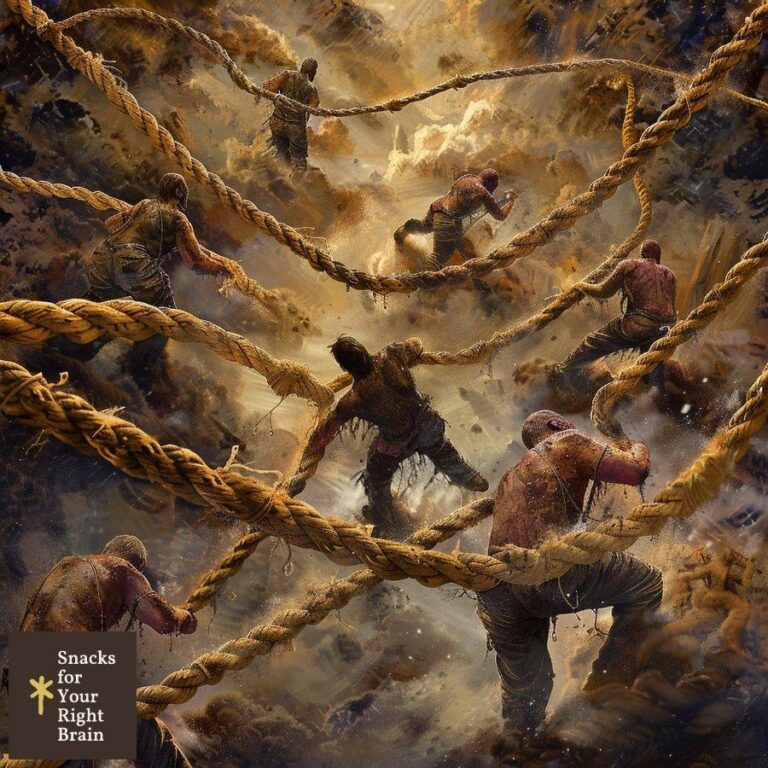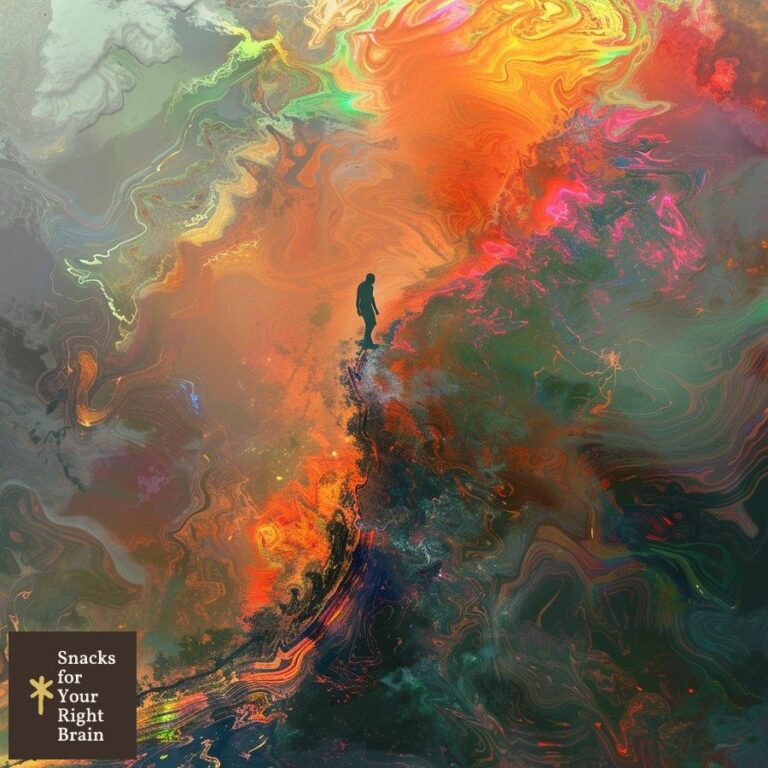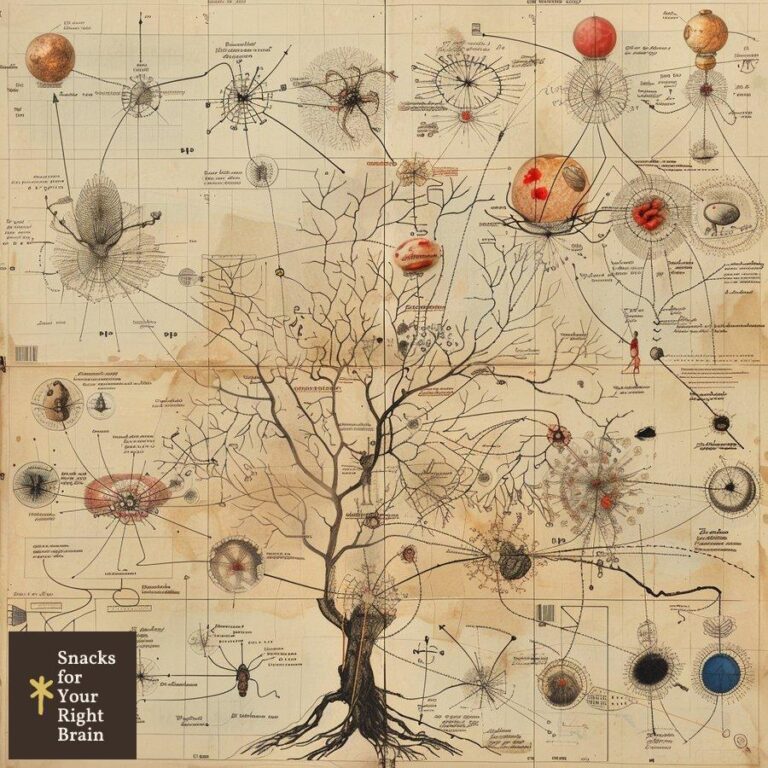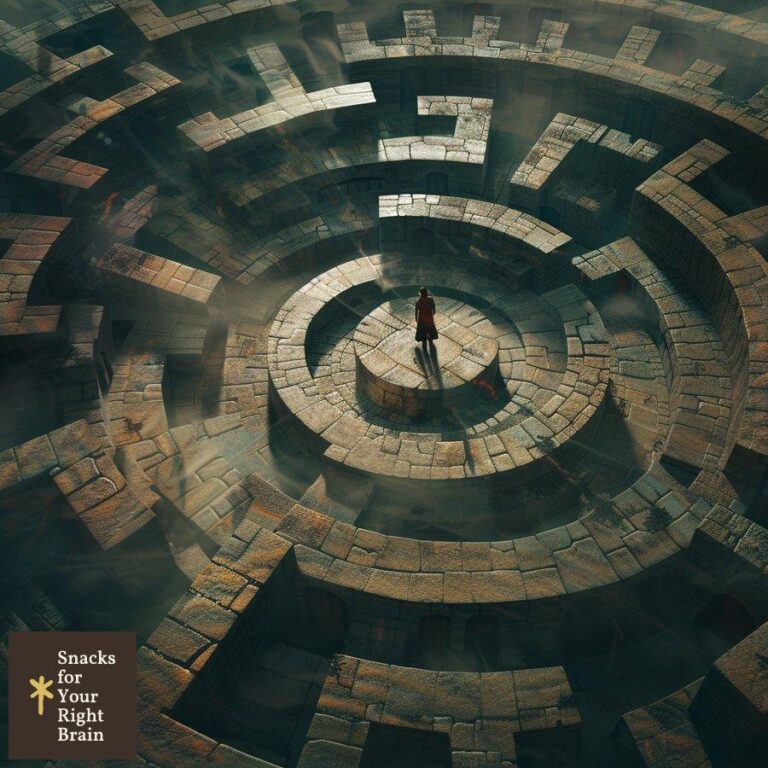What Is an Example of a Story Archetype
What are story archetypes?
Story archetypes serve as foundational templates that shape narratives across cultures and time periods. They represent recurring patterns of characters, plots, and themes that resonate deeply with audiences. Understanding these archetypes enhances both the creation and appreciation of stories, allowing writers to tap into universal human experiences.
Story archetypes can be categorized into several distinct types, each with its own unique characteristics. Common archetypes include:
-
The Hero’s Journey: A narrative framework where the protagonist embarks on an adventure, faces challenges, and ultimately returns transformed.
-
Rags to Riches: This archetype follows a character’s rise from humble beginnings to success, often highlighting personal growth and moral lessons.
-
Overcoming the Monster: In this archetype, the protagonist confronts a great evil or monstrous antagonist, symbolizing the struggle against fear and adversity.
-
The Quest: This archetype involves a journey towards a specific goal, often requiring the protagonist to face various trials and tribulations along the way.
-
Tragedy: A narrative that explores the downfall of a character, often due to their flaws or circumstances, evoking feelings of pity and fear.
-
Rebirth: This archetype focuses on transformation and redemption, where characters experience a significant change, often after a period of darkness.
These archetypes are not rigid frameworks but rather flexible structures that can be adapted and reinterpreted. They allow storytellers to explore complex themes and emotions, making them relevant to diverse audiences.
How does the Hero’s Journey exemplify a classic story archetype?
The Hero’s Journey, articulated by Joseph Campbell in his work “The Hero with a Thousand Faces,” exemplifies a classic story archetype that resonates across cultures. This archetype outlines a universal pattern that heroes follow, consisting of several key stages:
-
The Call to Adventure: The hero receives a challenge or quest that disrupts their ordinary world.
-
Refusal of the Call: Initially, the hero may hesitate or refuse the call due to fear or uncertainty.
-
Meeting the Mentor: The hero encounters a mentor who provides guidance, tools, or wisdom to help them on their journey.
-
Crossing the Threshold: The hero commits to the adventure, leaving their familiar world behind.
-
Trials and Challenges: Throughout the journey, the hero faces obstacles that test their resolve and skills.
-
The Ordeal: A significant crisis occurs, often leading to a moment of despair or confrontation with the antagonist.
-
The Reward: After overcoming the ordeal, the hero gains a reward, which can be tangible or intangible.
-
The Road Back: The hero begins the journey home, often facing additional challenges.
-
Resurrection: A final test occurs, symbolizing the hero’s transformation and growth.
-
Return with the Elixir: The hero returns to their ordinary world, bringing back knowledge, wisdom, or a physical reward that benefits others.
This archetype is evident in numerous stories, from ancient myths to modern films. For instance, in “Star Wars,” Luke Skywalker embodies the Hero’s Journey as he transitions from a farm boy to a Jedi Knight, facing trials and ultimately returning home transformed.
What characterizes the Rags to Riches archetype?

The Rags to Riches archetype is characterized by a protagonist’s journey from poverty or obscurity to wealth, success, or prominence. This narrative arc often emphasizes personal growth, resilience, and the transformative power of ambition. Key elements of this archetype include:
-
Humble Beginnings: The protagonist typically starts in a disadvantaged position, facing hardships that shape their character.
-
A Catalyst for Change: An event or opportunity propels the protagonist toward their goal, often involving a mentor or ally who provides support.
-
Trials and Tribulations: The journey is marked by challenges that test the protagonist’s determination and character, often including setbacks and failures.
-
Transformation: As the protagonist navigates their journey, they undergo significant personal growth, learning valuable lessons about themselves and the world.
-
Success and Recognition: Ultimately, the protagonist achieves their goal, often gaining wealth, status, or fulfillment, which serves as a resolution to their struggles.
Examples of the Rags to Riches archetype can be found in classic literature and contemporary media. Notable examples include:
-
“Cinderella”: The story of a young girl who rises from servitude to become a princess, highlighting themes of kindness and perseverance.
-
“The Pursuit of Happyness”: Based on a true story, this film depicts a man’s struggle with homelessness as he works to secure a better life for himself and his son.
-
“Slumdog Millionaire”: This film follows a young man from the slums of Mumbai who rises to fame and fortune through a game show, showcasing the power of destiny and love.
The Rags to Riches archetype resonates with audiences as it embodies hope, resilience, and the belief that anyone can overcome adversity to achieve their dreams.
How does the Overcoming the Monster archetype manifest in stories?
The Overcoming the Monster archetype revolves around the protagonist’s battle against a formidable antagonist, often representing evil, chaos, or fear. This archetype serves as a metaphor for confronting personal and societal challenges. Key characteristics include:
-
The Monster: The antagonist is typically a powerful force, whether a literal monster, a tyrant, or an internal struggle, symbolizing the fears and obstacles that must be faced.
-
The Hero’s Journey: The protagonist embarks on a journey to confront the monster, often facing trials that test their courage and resolve.
-
The Climax: The confrontation between the hero and the monster serves as the story’s climax, where the stakes are highest and the outcome uncertain.
-
Resolution: The hero’s victory over the monster often leads to personal growth and a restored sense of order, while failure may result in tragedy or chaos.
This archetype is prevalent in various genres, from folklore to modern cinema. Notable examples include:
-
“Beowulf”: The epic poem tells the story of Beowulf, who battles the monster Grendel and later faces Grendel’s mother, symbolizing the struggle between good and evil.
-
“Jaws”: In this thriller, the shark represents a monstrous force that the protagonist must confront to protect his community.
-
“Harry Potter” series: The character of Voldemort embodies the monster archetype, as Harry Potter must face him to restore peace to the wizarding world.
The Overcoming the Monster archetype resonates with audiences by illustrating the courage required to confront fears and the triumph of good over evil.
What defines the Quest archetype in literature?
The Quest archetype is defined by a protagonist’s journey toward a specific goal, often involving a series of challenges and adventures. This archetype emphasizes themes of exploration, discovery, and personal growth. Key elements include:
-
The Goal: The protagonist embarks on a quest to achieve a specific objective, which can be tangible (such as a treasure) or intangible (such as knowledge or self-discovery).
-
Companions and Allies: The hero often travels with companions who provide support, camaraderie, and diverse skills, enriching the narrative.
-
Trials and Obstacles: The journey is fraught with challenges that test the hero’s resolve, character, and abilities, often leading to moments of doubt and growth.
-
Transformation: Through the trials faced during the quest, the protagonist undergoes significant personal development, often emerging wiser and more capable.
-
Return: The hero typically returns home, transformed by the journey, bringing back insights or treasures that benefit their community.
Examples of the Quest archetype can be found in various literary works and films, including:
-
“The Lord of the Rings”: Frodo Baggins embarks on a quest to destroy the One Ring, facing numerous trials and forming deep bonds with his companions.
-
“The Odyssey”: Odysseus’s journey home after the Trojan War is filled with challenges that test his cunning and resilience.
-
“The Alchemist”: Santiago’s quest for treasure leads him on a journey of self-discovery and spiritual growth, emphasizing the importance of following one’s dreams.
The Quest archetype resonates with audiences as it reflects the universal desire for exploration and the pursuit of meaningful goals.
How does the Tragedy archetype impact storytelling?
The Tragedy archetype impacts storytelling by exploring themes of human suffering, moral dilemmas, and the consequences of flawed choices. This archetype evokes deep emotional responses, often leaving audiences with a sense of catharsis. Key characteristics include:
-
The Tragic Hero: The protagonist is typically a noble character with a tragic flaw (hamartia) that leads to their downfall, making them relatable and complex.
-
Conflict and Struggle: The narrative often revolves around internal and external conflicts that escalate, leading to inevitable tragedy.
-
Moment of Recognition: The hero often experiences a moment of realization or self-awareness, recognizing their flaws or mistakes too late.
-
Catastrophe: The climax results in the hero’s downfall, often accompanied by loss, suffering, and moral consequences.
-
Catharsis: The audience experiences a release of emotions, reflecting on the themes of fate, free will, and the human condition.
Notable examples of the Tragedy archetype include:
-
“Macbeth”: Shakespeare’s play follows the tragic descent of Macbeth, whose ambition and moral corruption lead to his downfall.
-
“Hamlet”: The story of Prince Hamlet explores themes of revenge, madness, and existential despair, culminating in tragedy for multiple characters.
-
“Death of a Salesman”: Arthur Miller’s play portrays Willy Loman’s tragic pursuit of the American Dream, highlighting the consequences of unattainable aspirations.
The Tragedy archetype resonates with audiences by prompting reflection on the complexities of human nature and the impact of choices.
What elements comprise the Rebirth archetype?

The Rebirth archetype centers around themes of transformation, redemption, and renewal. This narrative arc often involves a character’s journey from darkness or despair to enlightenment and hope. Key elements include:
-
The Fall: The protagonist typically experiences a significant downfall or crisis, leading to a period of darkness or despair.
-
A Catalyst for Change: An event or realization prompts the protagonist to seek redemption or transformation, often involving the support of others.
-
Trials and Challenges: The journey toward rebirth is marked by challenges that test the protagonist’s resolve and commitment to change.
-
Transformation: The character undergoes a profound change, often emerging with newfound wisdom, strength, or purpose.
-
Resolution: The story concludes with the protagonist’s return to the world, often bringing hope and inspiration to others.
Examples of the Rebirth archetype can be found in various narratives, including:
-
“A Christmas Carol”: Ebenezer Scrooge’s transformation from a miser to a generous man exemplifies the Rebirth archetype, highlighting themes of compassion and redemption.
-
“The Secret Garden”: Mary Lennox’s journey from a spoiled child to a caring individual reflects personal growth and the healing power of nature.
-
“Beauty and the Beast”: The Beast’s transformation back into a prince symbolizes redemption and the importance of love and acceptance.
The Rebirth archetype resonates with audiences by emphasizing the possibility of change and the power of hope.
How do modern storytellers utilize and subvert archetypes?
Modern storytellers utilize and subvert archetypes to create fresh narratives that challenge traditional conventions. By reinterpreting archetypes, writers can explore complex themes and engage audiences in new ways. Key strategies include:
-
Subversion of Expectations: Writers may introduce unexpected twists that challenge the audience’s preconceived notions of archetypes, creating tension and surprise.
-
Complex Characters: Modern narratives often feature multi-dimensional characters who defy archetypical roles, allowing for deeper exploration of motivations and conflicts.
-
Genre Blending: Combining elements from different genres can lead to innovative storytelling that redefines archetypal structures, creating unique narratives.
-
Cultural Context: Writers may adapt archetypes to reflect contemporary societal issues, making them relevant to modern audiences.
Examples of subverted archetypes include:
-
“Gone Girl”: This thriller subverts the traditional “damsel in distress” archetype, presenting a complex female protagonist who manipulates perceptions and expectations.
-
“Breaking Bad”: The series challenges the “hero’s journey” archetype by depicting the transformation of Walter White from a sympathetic character to a morally ambiguous anti-hero.
-
“The Handmaid’s Tale”: This dystopian narrative reinterprets the “hero” archetype through the lens of female empowerment and resistance against oppressive systems.
Modern storytellers engage audiences by pushing the boundaries of archetypes, inviting reflection on societal norms and human experiences.
Why do story archetypes resonate with audiences psychologically?
Story archetypes resonate with audiences psychologically due to their reflection of universal human experiences and emotions. They tap into fundamental aspects of the human psyche, fostering connection and understanding. Key reasons for this resonance include:

-
Shared Experiences: Archetypes encapsulate common themes, such as love, conflict, and transformation, allowing audiences to relate to characters and situations.
-
Emotional Catharsis: Engaging with archetypal narratives provides a safe space for audiences to explore complex emotions, leading to catharsis and personal reflection.
-
Cognitive Patterns: The human brain is wired to recognize patterns and structures, making archetypal narratives easier to process and remember.
-
Cultural Significance: Archetypes often carry cultural meanings that resonate across generations, reinforcing shared values and beliefs.
Research in psychology supports the idea that storytelling, particularly through archetypes, plays a vital role in shaping identity and understanding the world. This connection between narrative and psychology enhances the impact of stories on individuals and communities.
How do cultural variations affect universal story archetypes?
Cultural variations significantly influence universal story archetypes, shaping their expression and interpretation across different societies. While archetypes maintain core elements, cultural contexts introduce unique themes, values, and perspectives. Key factors include:

-
Cultural Values: Different cultures prioritize distinct values, which can alter the portrayal of archetypal characters and their journeys. For example, collectivist cultures may emphasize community and family, while individualistic cultures may focus on personal achievement.
-
Historical Context: Historical events and societal changes influence the relevance and interpretation of archetypes. For instance, the hero archetype may be depicted differently in times of war compared to periods of peace.
-
Mythology and Folklore: Local myths and folklore shape the narratives associated with archetypes, infusing them with cultural significance and symbolism.
-
Language and Expression: Language plays a crucial role in storytelling, affecting how archetypes are conveyed and understood. Nuances in language can alter the emotional weight and meaning of archetypal narratives.
Examples of cultural variations in archetypes include:
-
The Hero’s Journey: While the structure remains consistent, cultural heroes may embody different traits. For instance, the hero in Western narratives often values individualism, while Eastern heroes may emphasize harmony and balance.
-
Rags to Riches: In Western cultures, this archetype often highlights personal ambition, whereas in some Eastern cultures, it may focus on community support and collective success.
-
Tragedy: Different cultures interpret tragedy through varying lenses. Greek tragedies often emphasize fate and hubris, while modern tragedies may explore existential themes and moral ambiguity.
Cultural variations enrich the tapestry of storytelling, allowing archetypes to evolve and resonate with diverse audiences. Understanding these nuances enhances the appreciation of narratives and their impact on human experience.






